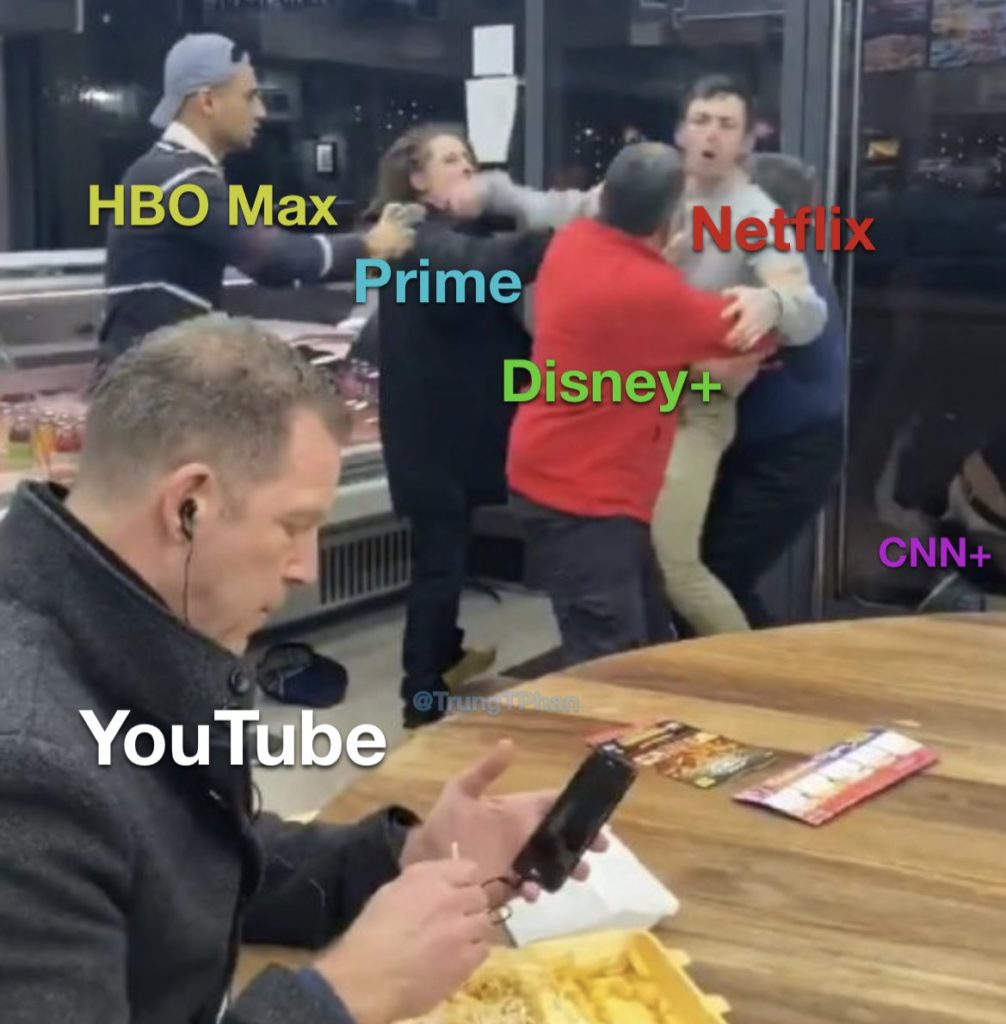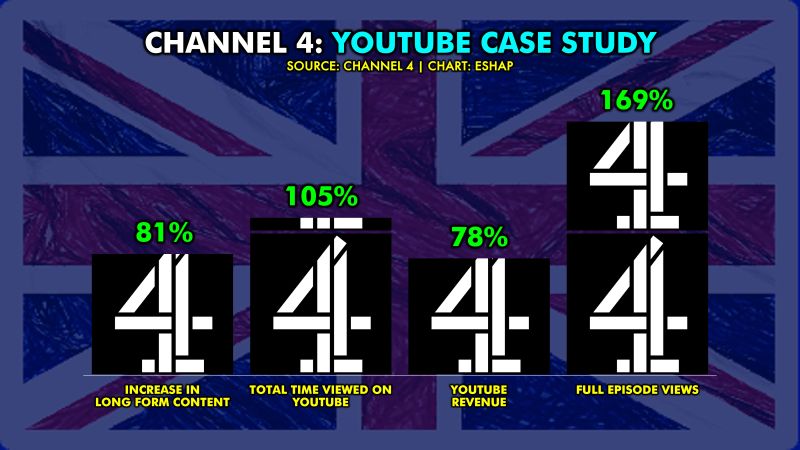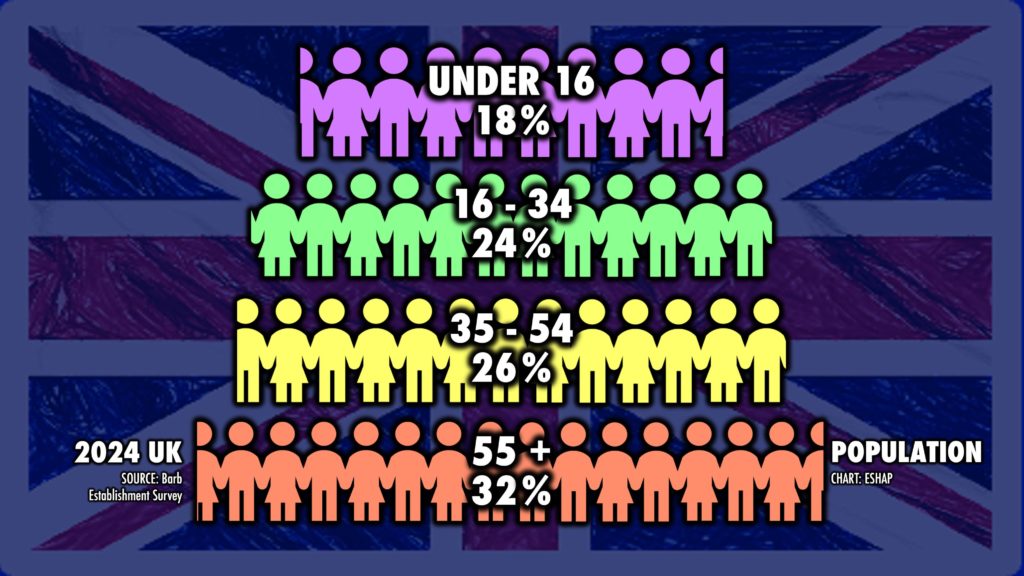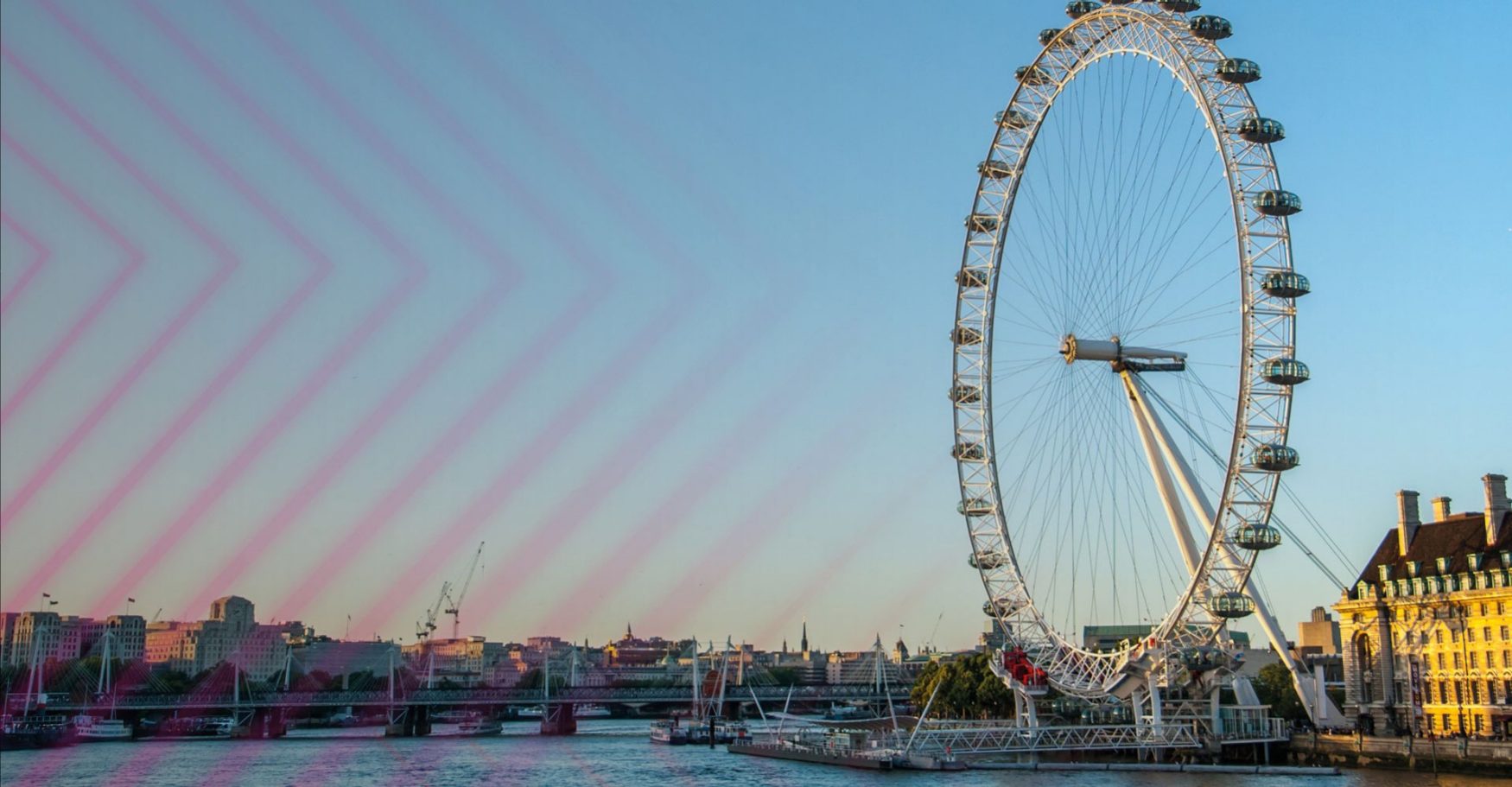The streaming wars are over—now begins the great media battle. How broadcasters, platforms, and creators are redefining the future of TV.
Are streaming’s dark days now over?
Are
streaming’s
dark
days
now
over?
MIP London: a fresh perspective on the future of streaming
MIP landed in London this week at The Savoy Hotel, drawing thousands of TV professionals from across the globe all keen to learn more about the latest in TV trends, trade content, pitch ideas, and generally make connections. As a techie at heart MIP isn’t normally on my roster of conferences to attend for the year, but with it being in London I felt that it was a good opportunity to go along and see what it had to offer.
Unlike the more familiar technology, sports, and media conferences that I typically attend, MIP London gave me the opportunity to look at our industry from a different perspective, to discover more about how and where audiences are consuming media today, and to get a sense for what the general sentiment of the industry is currently.
It’s been a rough few years for streaming and media since its boom during the covid years, as investors’ appetites to fund organisations that consistently reported losses waned, writers went on strike, and media juggernauts started to doubt the investment they’d made into their own direct to consumer streaming applications. What followed was round after round of layoffs across companies in tech and media in the US and the rest of the world. The industry seemed to be grinding to a halt.
As the Managing Director of a company that operates in this sector, it was a period of time that had me consuming as much information as I possibly could to help me to determine what the future may hold. Of particular help were the regular posts from Evan Shapiro and Marion Ranchet, and I was pleased to see that both were speaking at MIP London.
Going into the conference, I had reason to be optimistic that the future was starting to look a lot brighter for streaming and media. Running FX Digital gives me a unique insight, and with FX experiencing a period of positive growth, buoyed by growth in our clients businesses, expansion of our partner network, and invitations to many more RFPs and tenders of new projects, it definitely seemed that many were starting to invest in their distribution technology once again after what seemed like a year or two hiatus.
I headed to the conference with a spring in my step, and a general feeling that the dark days of streaming could be behind us.A streaming platform that had been patiently growing (somehow in the dark) whilst all others around it seemed to be fighting for the Iron Throne, was YouTube. This meme from Trung Phan explains the last 5 years much better than I ever could.

YouTube has well and truly infiltrated our living rooms. In their 2024 recap of YouTube on TV, they shared that users streamed a total of a billion hours of YouTube daily through their televisions, and in Neal Mohan’s recent blog post the YouTube CEO shared that TV is now the primary device for YouTube TV viewing in the US.
What was perhaps once considered a social video platform consumed predominantly on mobile, with limited appeal for mainstream TV, is in the words of Neal Mohan now ‘the new television’.
So what does this mean for the other streamers and broadcasters? Well, according to Matt Risley of 4Studio, the engine room for C4’s digital acceleration strategy, it represents an opportunity. On the Monday of MIP London, Matt shared with us some data from their latest move to place some of the Channel 4 long form shows on the platform, and what he shared was very encouraging. Channel 4, along with many other content distributors, are finding that the audiences that Channel 4 are reaching when distributing content on YouTube are incremental. Unlike what many first feared, the usage numbers of the owned and operated Channel 4 streaming platform are not being cannibalised when content is placed on YouTube. Matt even suggested that there is early evidence to show that their presence on YouTube could be driving them to capture new audiences that then go on to sign up to the owned and operated platform. A graph recently shared by Evan Shapiro in a later talk at MIP London gave an illustration of the impact this strategy is having on Channel 4 views and revenue.

Alongside Matt, Neil Price of YouTube also gave us some insight into how the partnership with Channel 4 works, with YouTube giving Channel 4 the flexibility to sell their own ad inventory on the platform too. This move from Channel 4 looks as though it’ll be the blueprint for other broadcasters here in the UK, with ITV already announcing in December that they’ll be making the same move to partner with YouTube to bring their content to the platform too, whilst retaining the right to sell their own ad inventory. On Wednesday at the conference YouTube VP of EMEA, Pedro Pina reinforced Neil’s words in an interview with Evan Shapiro, sharing that YouTube is very much looking forward to working with more broadcasters, and willing to be flexible to their needs.
This move from broadcasters to place content on YouTube looks set to see them reaching new audiences that were perhaps previously unfound, particularly in the under 35 age category, and YouTube could be the new revenue stream that’s missing as they shift their distribution from linear to digital.
Judging from the sheer number of people in the room at MIP London during Matt and Neil’s discussion (the venue were literally turning people away and kicking them out due to safety concerns), it’s clear to see that the industry is taking note of what’s happening here.
Away from the broadcasters, YouTube has also been the harbinger in what has become known as the creator economy, defined by Wikipedia as “a software-driven economy that is built around creators who produce and distribute content, products, or services directly to their audience, leveraging social media platforms and AI tools”. This concept was a very frequent topic of discussion throughout the event, and many of the sessions included creators sharing the stage with content producers, distributors, and even streamers (watching Beckham on stage with Netflix was a particular highlight). What’s very clear is that thanks to platforms like YouTube and TikTok, passionate creators no longer need large budgets and big backers to get content in front of huge numbers of people. Content distribution is more accessible than it’s ever been.
Perhaps to the relief of many of the UK broadcasters in the room however Justin Simpson of Barb, the audience measurement organisation in the UK, shared in a session with Evan Shapiro that the most recent season of the BBC’s Traitors has been watched by 21 million people, compared with the 4m that watched Mr Beast’s Beast Games on Amazon. Justin also expressed the importance of live scheduling, sharing that over 60% of consumption is still done on the day of broadcast. Audiences still place value on seeing that latest episode on the day of airing, emphasised by Gavin & Stacey’s 12.9 million viewers on Christmas Day. No-one (myself included) wanted to be the person at the boxing day get together that hadn’t seen it. On the other hand, like Channel 4, Barb will not be ignoring YouTube, and announced at the event that they’ll now be reporting TV-set viewing of select YouTube channels.
We now live in a world in which content distribution has been democratised to such an extent that anyone with a camera and an internet connection can post content to a platform and amass millions of followers, what’s even more exciting is that the most reputable of these creators are receptive to collaborating with streaming platforms such as Amazon and Netflix, in the same way that broadcasters are receptive to putting their content onto social video platforms such as YouTube and TikTok. This cocktail of content distribution is opening up a lot of opportunities to experiment with strategy and technology for our clients, helping them to connect with their audiences where they are in new and innovative ways, and giving them access to audiences that have perhaps been more challenging for them to reach.
So content and media looks set to have an exciting future after all, and whilst it’s difficult to predict where it’s going, there’s one thing we can be relatively confident on, Connected TV is where audiences want to watch. Here in the UK the broadcasters still dominate the households, and Evan pointed out at MIP London that this is driven primarily by an older population that will hold on to their linear consumption habits.



